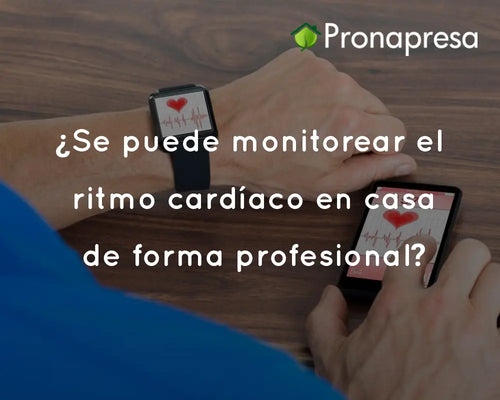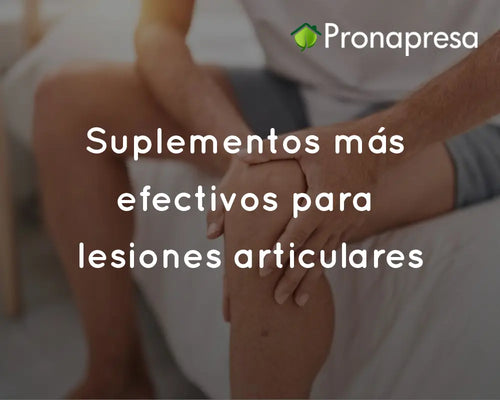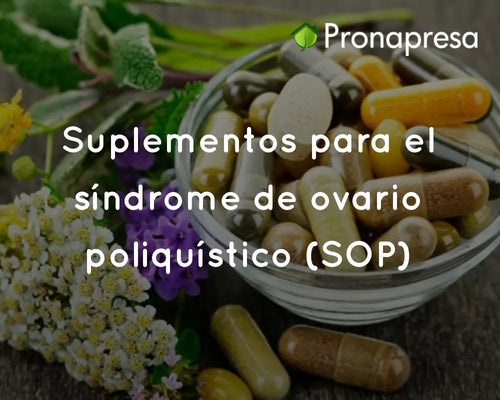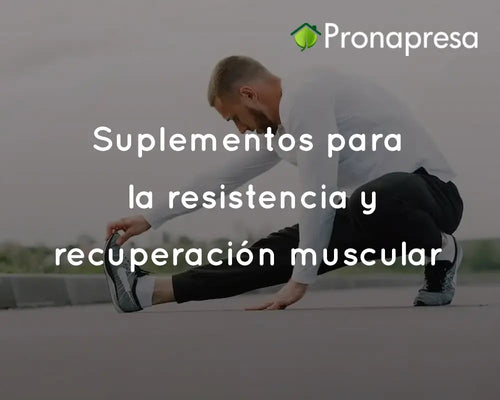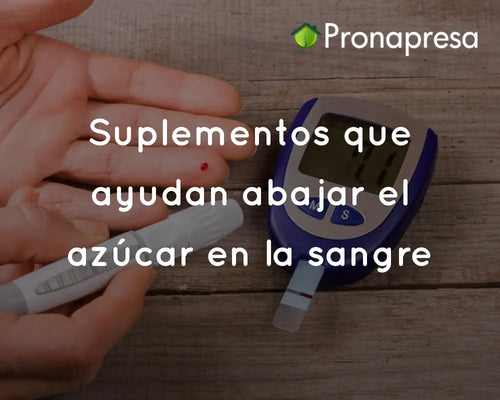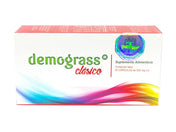
Importance of Circulation in the Legs
It's important to understand why leg circulation is so vital to our overall health. The legs contain a complex network of veins and arteries that carry blood to and from the heart. When this circulation is impaired, whether due to a sedentary lifestyle, disease, or genetic predisposition, various health problems can arise.
Poor circulation in the legs can manifest itself in several ways, including:
-
Swelling: Fluid buildup in the tissues can cause swelling, especially at the end of the day.
-
Cramps: Lack of adequate blood flow can lead to cramps, which are painful muscle contractions.
-
Varicose veins: Varicose veins are swollen, twisted veins that can be painful and unsightly.
-
Leg Ulcers: Poor circulation can lead to leg ulcers, which are open wounds that are difficult to heal.
-
Skin Color Changes: Skin may become paler or take on a bluish tint due to lack of oxygen.
-
Numbness and Tingling: Lack of circulation can cause numbness and tingling sensations in the legs.
Exercises to Improve Circulation in the Legs
-
Daily Walks: We'll start with one of the simplest and most accessible exercises: walking. Daily walking is a great way to boost circulation in your legs. Try to walk at least 30 minutes a day. You can easily incorporate this activity into your routine, whether it's taking a walk after dinner or walking during lunch.
-
Leg Elevation: Lie on your back and raise your legs, resting them against a wall. Hold this position for 15-20 minutes. This exercise facilitates venous return and reduces swelling.
-
Stationary Bike: Riding a stationary bike is an effective way to improve circulation in your legs. You can do this exercise comfortably at home or at the gym. Start with short sessions and gradually increase the duration.
-
Swimming: Swimming is a low-impact exercise that strengthens leg muscles and improves circulation. The resistance of the water provides a complete workout without putting extra stress on your joints .
-
Yoga: Regular yoga practice can greatly benefit circulation in the legs. Poses such as the legs-up-the-wall pose (Viparita Karani) and child's pose (Balasana) are especially helpful.
-
Calf Exercises: Rise up on your toes and then lower your heels to the floor. Repeat this exercise several times to strengthen your calf muscles and improve blood flow in your legs.
-
Ankle Rotation Exercises: Sit and rotate your ankles clockwise and then counterclockwise. This simple exercise helps keep your joints flexible and improves circulation.
-
Squats: Performing squats activates your leg muscles and promotes better blood flow. Make sure you maintain proper form to avoid injury.
-
Stretching: Incorporate stretching into your daily routine to maintain muscle flexibility and improve circulation. Calf and thigh stretches are especially beneficial.
-
Contrast Baths: Alternate between hot and cold water during your shower to stimulate circulation. The contrast in temperature promotes vasodilation and vasoconstriction, improving vascular health.
Habits to Improve Circulation in the Legs
In addition to exercise, there are daily habits you can adopt to improve circulation in your legs and keep them healthy over the long term:
-
Maintain a Healthy Weight: Excess weight puts additional stress on your legs and can negatively affect circulation. Maintaining a healthy weight is key to preventing circulatory problems.
-
Avoid a Sedentary Lifestyle: If your job involves sitting for long periods, be sure to get up and move around every hour. Prolonged inactivity can negatively affect circulation.
-
Wear Comfortable Clothing: Avoid tight clothing that can restrict blood flow. Choose comfortable clothing and appropriate shoes to facilitate circulation.
-
Elevate Your Legs While Resting: When resting or sleeping, place a pillow under your legs to elevate them slightly. This helps reduce swelling and improves venous return.
-
Proper Hydration: Stay well hydrated to ensure good circulation. Water is essential for transporting nutrients and oxygen through the circulatory system.
-
Balanced Diet: Eat a diet rich in fruits, vegetables, fiber, and healthy fats. These foods promote cardiovascular health and contribute to proper circulation.
-
Avoid Excessive Salt Intake: Excess salt can contribute to fluid retention and impair circulation. Control your sodium intake to maintain vascular health.
-
Leg Massages: Massages help improve blood flow and reduce muscle tension. You can perform self-massages or consult a professional.
-
Rest and Adequate Sleep: Adequate rest is essential for muscle recovery and circulatory health. Aim for at least 7-8 hours of sleep each night.
-
Avoid Tobacco Use: Tobacco can damage arteries and reduce blood flow. Quitting smoking is a key step toward improving vascular health.
Maintaining leg circulation is essential for a healthy and active life. A combination of regular exercise, healthy habits, and attention to potential symptoms will ensure your legs function properly and keep circulatory problems at bay.





